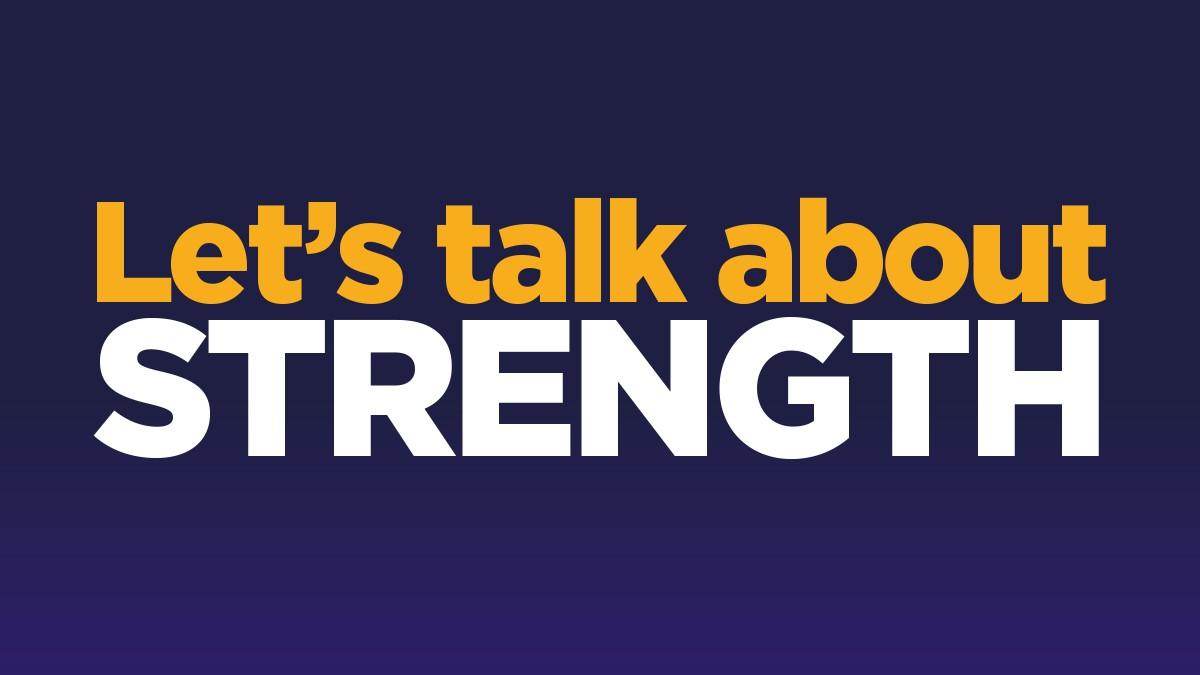Maintaining and improving muscle strength is crucial to help people live independently as they age

Too few people with long-term conditions did strengthening on a regular basis, and too little was known about how they could be supported to increase their participation. Responding to these gaps, the CSP was commissioned by Sport England and the Centre for Better Ageing to tackle the issue.
We started working with BritainThinks in January 2020. We gathered insight from published research, stakeholders, our member survey and focus groups to understand more about our members’ experiences of talking about strength.
We sought crucial perspectives from people living with LTCs through online diaries, in-depth interviews and focus groups to understand more about their experiences, what motivates them and their barriers.
What were the aims of the project?
- Create a learning legacy for messaging that best engages our target audience in strengthening activities.
- Identify opportunities that exist to scale-up support from physiotherapy staff and allied health professionals, and support the need to enable behaviour change.
What were the project objectives?
- Improve the insight around effective strength messaging for inactive and fairly active people living with LTCs aged 39-64 years.
- Identify how physio staff can raise awareness, promote strengthening and support their patients through the behaviour change journey and identify what is needed to achieve this.
- Create shareable recommendations on the concepts and messages that are most likely to work, and who within the target audience they are most effective at influencing.
- Determine the size and scale of opportunity to increase awareness and change behaviour amongst the target audience via physiotherapy staff.
- Develop recommendations for phase 2: which messages/concepts have the widest reach and should be developed and scaled up in real world settings, how and by whom.
As the Covid-19 pandemic developed we recognised the need to explore the impact of lockdown on our target audience and, to help enhance the findings from the insight, test some draft stimulus. This included testing of visuals, tone and narrative.
From this insight these key considerations to creating effective messaging were developed (see tips below on the “dos and don’t’s” when discussing strengthening).
We plotted the findings from people living with LTCs and physio staff against the COM-B model of behaviour change.
Using the leading creative concepts from the previous stage, two initiatives were developed to address the specific barriers identified in the research, incorporating the recommendations given.
In October 2020 the concepts were tested with physiotherapy staff. The aim of this stage of research was to understand what would support our members to encourage behaviour change among the target audience.
Physio staff told us that the most popular resources were training for physios and tools that patients could engage with independently.
More information and full report can be found at here.
At the moment…
We are consulting to support physiotherapy staff to develop a ‘proof of concept’ for products and tools to support engagement and adherence in strength-based activities for their patients.
The outcomes sought from this phase are:
- Identify design characteristics for a strength based behaviour change product/tool
- Highlight good practice/tools utilised in existing programs and campaigns
- Co-design strength advice, targeting physiotherapy staff across multiple settings
- Identify, co-develop and test resources and tools to support delivery of strength advice
- Provide a project report, detailing ‘proof of concept’ for influencing practitioner behaviour
- Create ‘Phase 2’ recommendations to support scalability of the project.
To be part of this phase, join the conversation and share your thoughts and experiences online via theiCSP Strength Community network.
What motivates people living with LTCs?
1. The ability to ‘do more’
- Maintaining independence
- Ability to complete daily activities
2. Feeling better (physically or mentally)
- Physical appearance/body image
- Improved self-esteem/ confidence
- Managing condition or symptoms (e.g. pain)
- Improved mood or mental health
What are the main barriers for people living with LTCs?
- Don’t know enough about it
- Worries about pain or making condition worse
- Long term condition makes it difficult
Who are the most trusted messengers of strengthening?
- Physio staff
- Health charities
- The NHS
- GPs
- Nurses
Tips from people living with LTCs on how to promote and discuss strengthening activity:
Do
- Say ‘gradually increase’
- Say both ‘maintaining’ and ‘improving’ strength
- Use everyday, simple language (e.g. raising your leg)
- Convey that strengthening is easy
- Provide a target and show strengthening is accessible (i.e. at home, with everyday items)
- Talk about choosing from ‘approved’ exercises
- Refer explicitly to strengthening and to the audience having health conditions
Don’t
- Say ‘gently increase’
- Only say ‘maintaining’ or ‘improving’ strength
- Use words seen as jargon/technical (e.g. calf raises)
- Explicitly say strengthening is easy
- Use unnecessarily patronising terms (e.g. lifting ‘small’ bottles)
- Ask the audience to ‘design’ a programme of strengthening
- Be vague about the target audience or message (i.e. at home, with everyday items)
Number of subscribers: 3




































